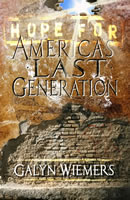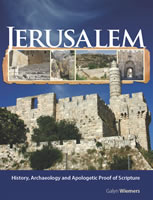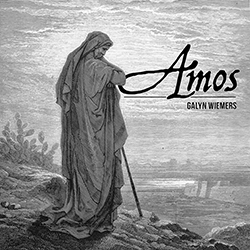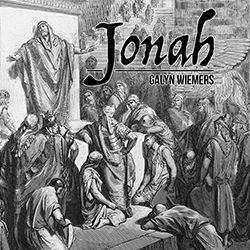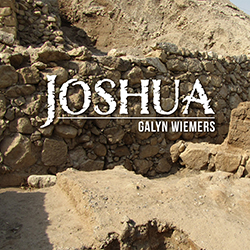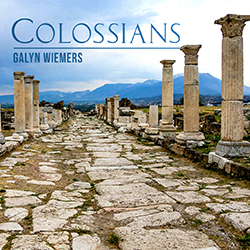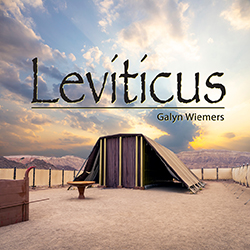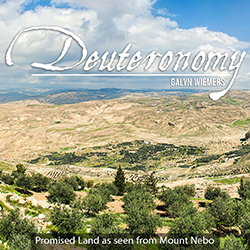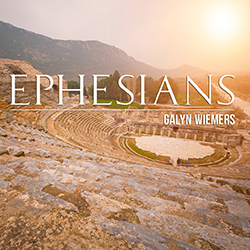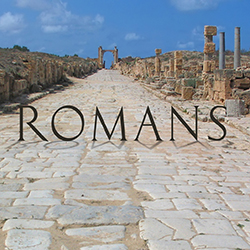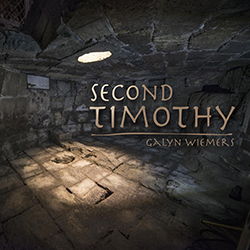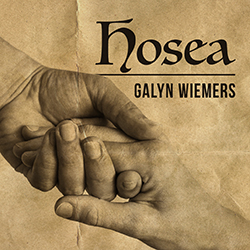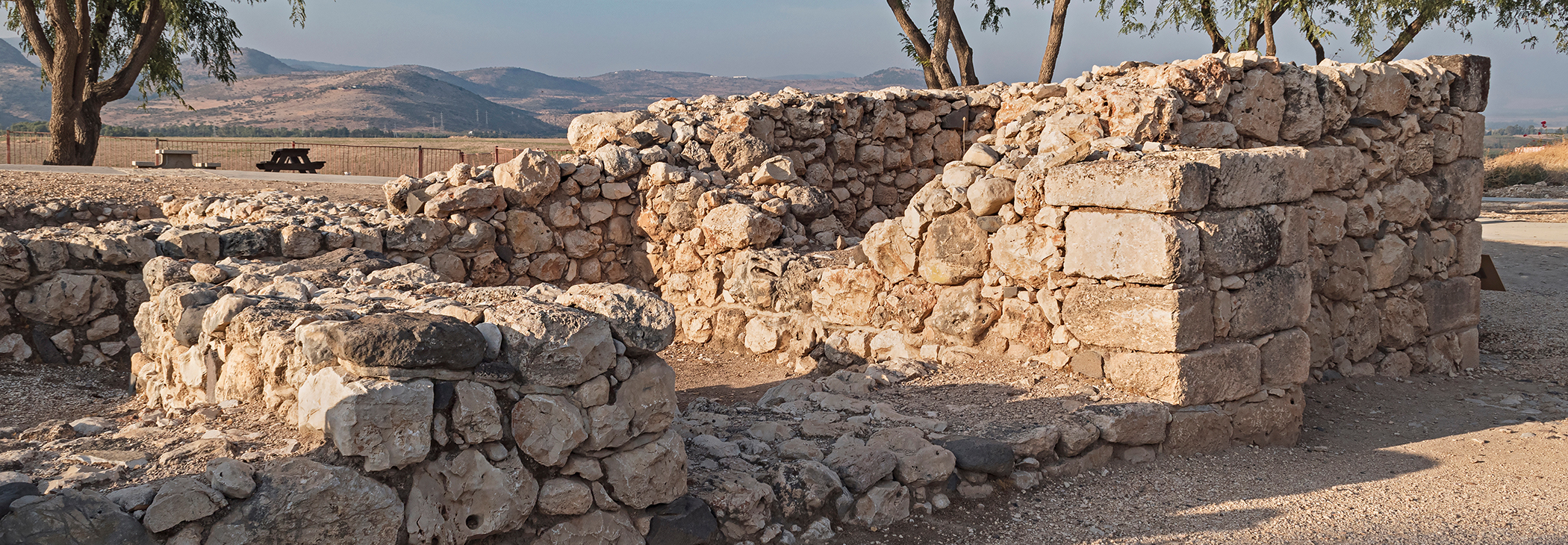
Hazor
by Galyn Wiemers, Generation Word
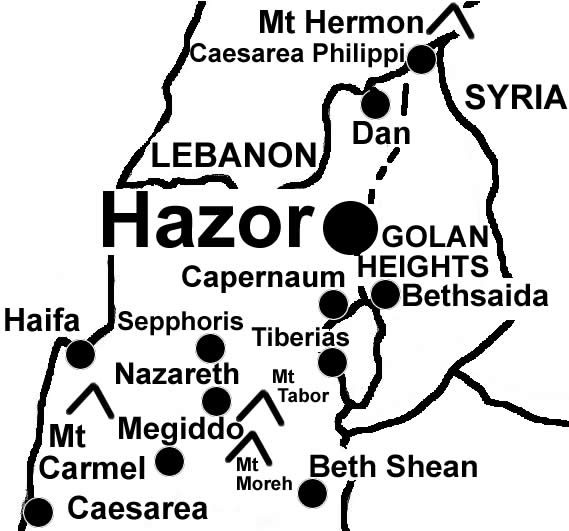
In the Bible:
Josh.11:10, Hazor is “head of all those kingdoms” of Canaanites;
Jud.4:2, Jabin, the king of Hazor, is King of all of Canaan;
2 Kg.9:15, Solomon fortifies Hazor, Megiddo and Gezer; 2
Kg.15:29, Tiglath-Pileser destroys Hazor in 732 BC.
Sets on the international highway from Israel through Syria to Babylon. Fertile soil and trade route location combined with being the northern fortification made Hazor very powerful and populated (20,000) with economic and military significance. First settled in 2500 BC in upper city, but grew to include the lower city by 1700’s before destroyed by Joshua in 1400 BC.
The tel consists of upper city with acropolis and lower fortified city to the north. Hazor mentioned in archives of Mari on Euphrates in 1700 BC and in Egyptian writing in 1800’s. Pharaoh’s of 1300-1400 BC mention Hazor often. Bible’s first mention of Hazor is King Jabin leading Hazor’s military in coalition vs. Joshua who burns the city. In Judges the upper city had been resettled and threatened Deborah. In 960 Solomon fortified Hazor and built the six chamber gate seen today. In 800’s King Ahab doubled the size and added citadel, storehouse and water system. After continuous attacks by Arameans the city finally fell to Tiglath-Pileser of Assyria in 732 BC.
Yigael Yadin excavated from 1955-58 and 1968-69 to reveal:
1) Solomon’s Gate and Casemate walls;
2) Canaanite temple under Solomon’s Gate accessed through a staircase to the south of gate;
3) Canaanite Palace with courtyard platform, 2 bases for columns, main entrance, throne room with rooms on 3 sides all destroyed by intense fire of Joshua;
4) Water system from Ahab dug as a square shaft through layers of settlements and bedrock to reach water 131 feet below street level accessed by descending 80 steps cut in the wall of the shaft. Accessible today on a modern metal staircase.
5) Canaanite temple;
6) Canaanite Gates;
7) Museum open at site
Hazor with Amnon Ben Tor from Galyn Wiemers on Vimeo.
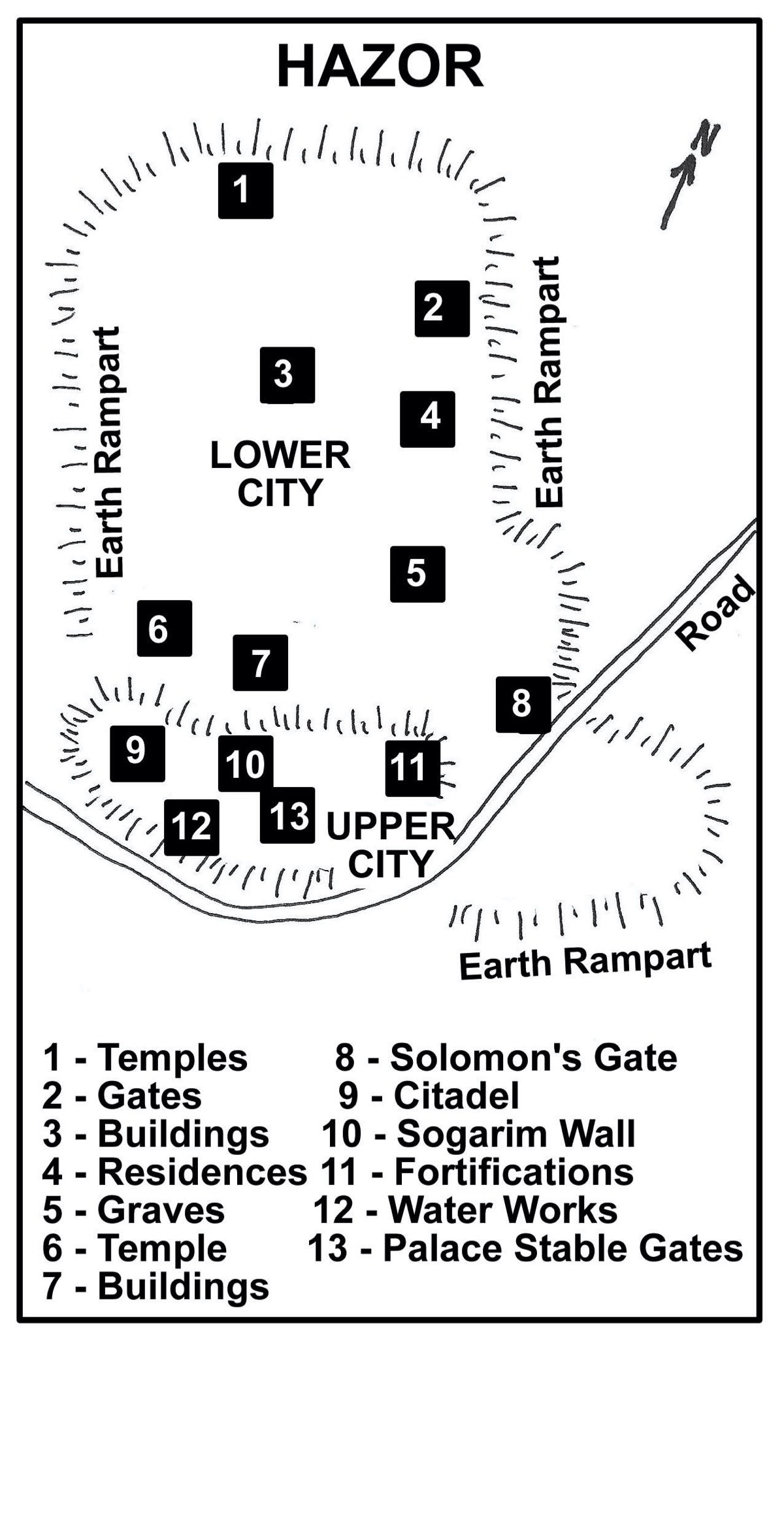
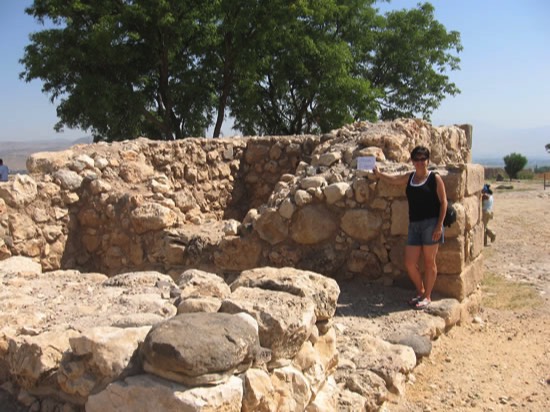
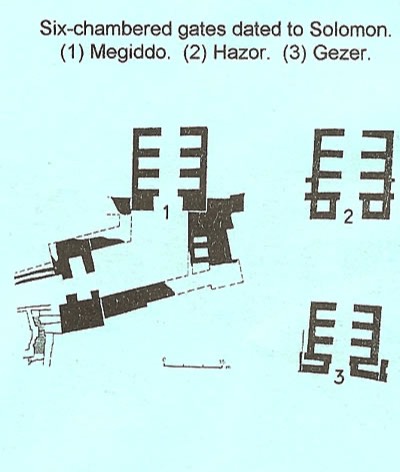
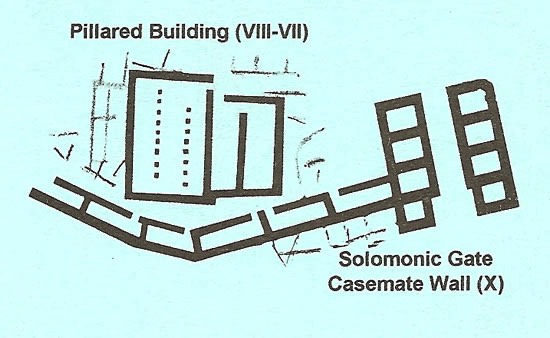
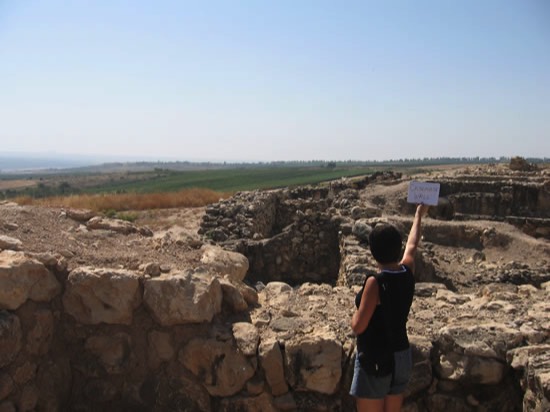
Toni is holding a sign to label the photo so we could remember what we saw when we got home.
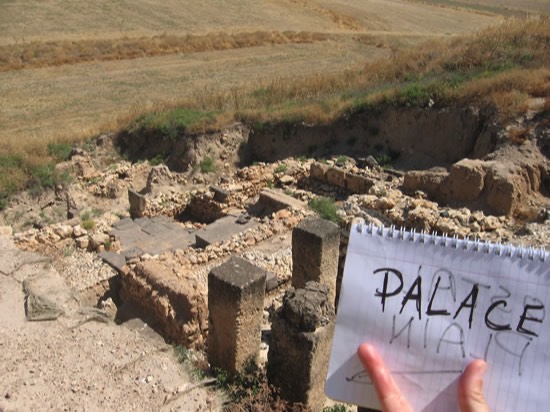
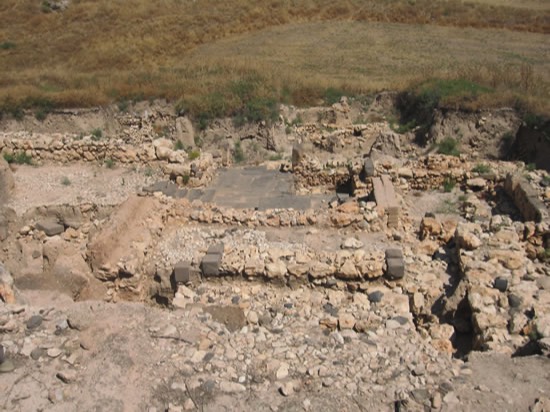
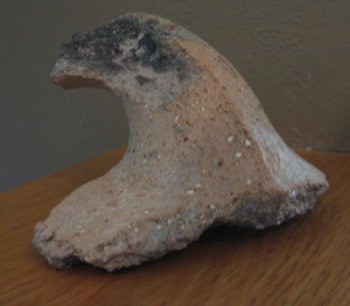

The items on the left were found in the old palace location and the ones on the right near the new palace.
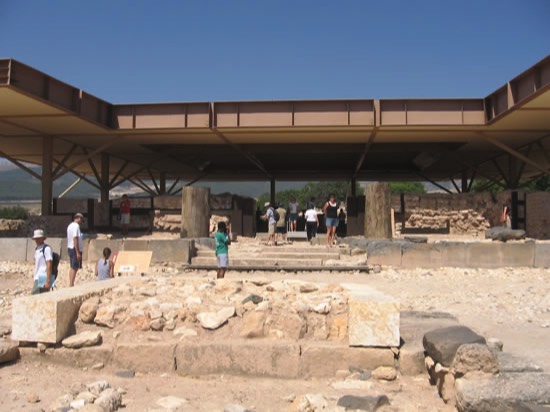
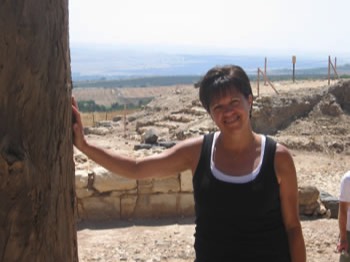
Generation Word Provides:

